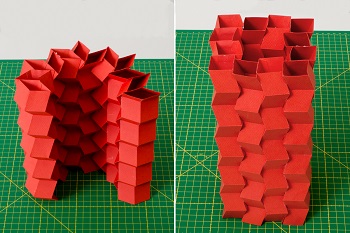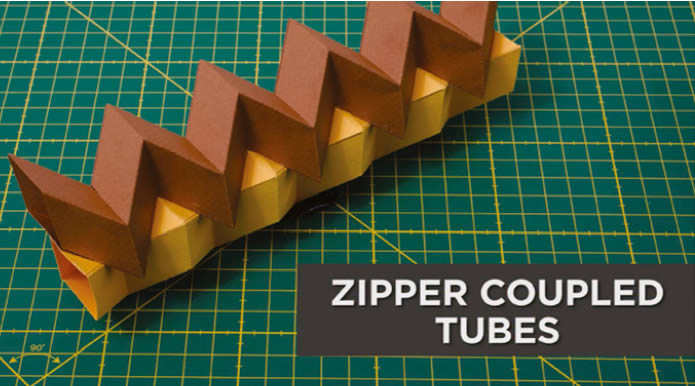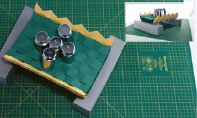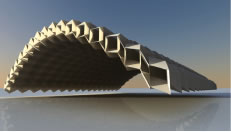Origami Publication Appears in PNAS
Origami is rapidly emerging in science and engineering applications for use as deployable structures of all scales, but assemblies are often flexible and require bracing or locking mechanisms to achieve the desired stiffness. Evgueni Filipov, his advisor Professor Glaucio H. Paulino at GA Tech, and Professor Tomohiro Tachi of the University of Tokyo developed a unique method of coupling tubes derived from the Miura-ori pattern. Their zipper coupled tubes have a single flexible motion for deployment, but are substantially stiffer for all other deformations such as bending and twisting. The versatility can be used for making various deployable systems such as metamaterials, robotics, aerospace structures, and architecture.
The work was published in PNAS Early Edition on September 8, 2015.
The article was highlighted in a commentary by Reis et al. 2015 in the same edition.
View Paper:
Full Text (PDF), Supporting Information (PDF)
Links to Journal:
Link to Paper, Link to Supporting Information
Links and Press Releases
Video of Evgueni discussing Zipper-Coupled Tubes

Professor Paulino (left) and Evgueni (right) with zipper coupled tubes of different scales

Interlocking Tube Structure


TV News Coverage
Online News Coverage (English)
Online News Coverage (Japanese)
Online News Coverage (Russian)





